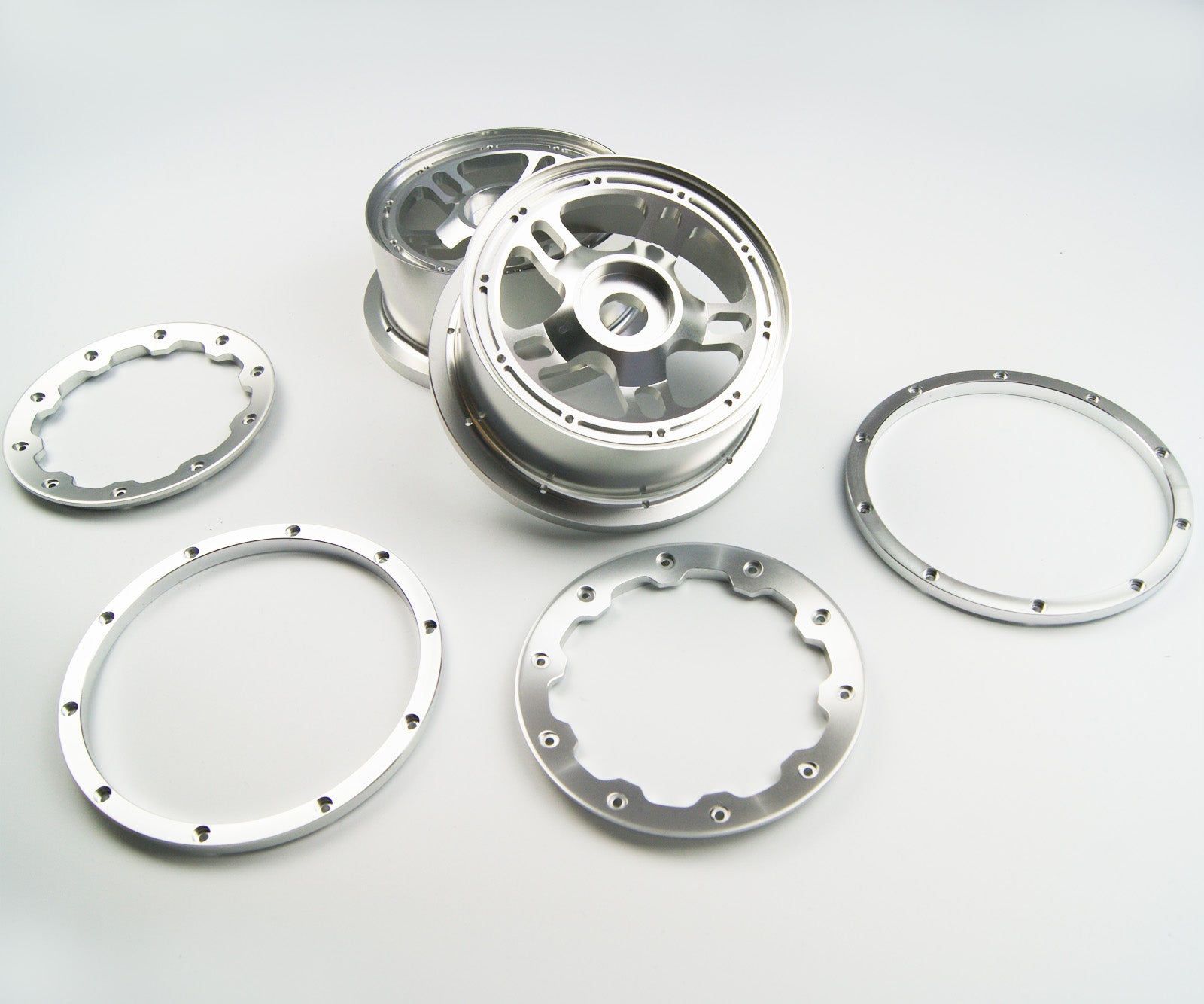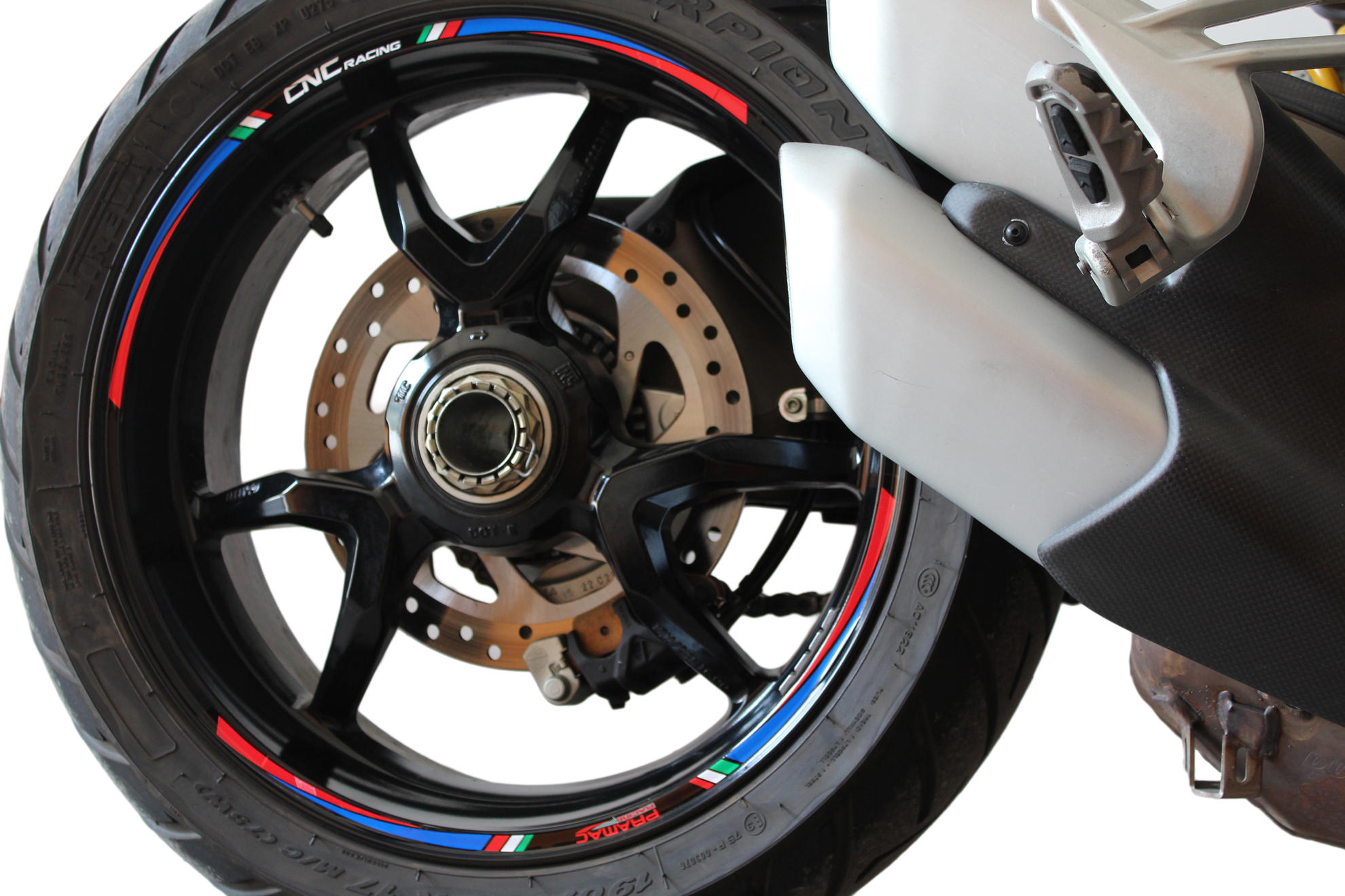

Before using the wires, it requires secondary processing such as straightening and cutting off. Steel mills typically roll such bars into rings to facilitate transportation and prevent deformation.

Small diameter wire bars (generally less than 12 mm in diameter) is very common in construction or daily life. A fly cutter will produce a very flat surface with proper setup, the cutting edge can cover a large surface in one pass, a face will produce a more ridged surface as its cutting edges are not at the same height.MACHINES - Straightener - Wire Decoiling,Straightening And Cutting Machine - CNC AutomaticĬNC Automatic Metal Wire Straightening and Cutting Machine- XZ04Sġ Fly Cutter = 3 Tracking Cutter = 5 Fixed Cutter = 10 Mechanical Cutter Face mills are more ideal in rigidity, indexability of inserts without disturbing effective cutter diameter or tool length offset, and depth-of-cut capability.Ħ. A face mill requires more power and more rigidity than a fly cutter of the same diameter.ĥ. A fly cutter will run and give good results on less weighty, less powerful machines, but with a lower metal removal rate. The fly cutter is a better choice for the skim cut with large width and special profile requires the tool to possess, face mill is suitable for heavy removal.Ĥ. Face mills use multiple inserts, which allows removing more materials at higher speeds, a fly cutter only uses one insert, which is not as fast as face milling but offers a more uniform and smooth surface.ģ. Large face mills and their inserts are expensive.Ģ. Fly cutters tend to be cheaper than face mills. The main body of a rotary tool has a spindle lock to allow opening and closing the 1/8 inch collet so as to fit standard rotational tools.Įither a fly cutter or face mill can be used to machine the face of a plate, what’s the difference between fly cutters and face mills?ġ. – A rotary cutting tool used to cut all fabric types up to eight layers quickly and easily without changing the patterns.Ī rotary tool accessory consists of a variable speed motor for smooth operation with speeds of up to 30,000 rpm. – A rotary carving tool is usually used to carve on hard materials like wood, blown glass, and even carve through the grain. It slips in and out of the handle for safe storage. The blade is similar to 1/3 of a rotary blade. A point cutter has two cutting edges per blade. – A point cutter comes with a needle-style point to cut densely populated corals, it can go to the hard-to-reach areas and the precision ground edges allow a precise and clean cut every time. There are many types of fly cutters, such as point cutters, rotary carving tools and rotary cutting tools. But they are different in many other aspects.įly cutters can be designed and manufactured to meet specifications in most industries. Fly cutters are similar to face mills because they both designed for face milling and their individual cutters are replaceable. Fly cutters are often mounted in a special angled holder, when the entire unit rotating, the tool bit takes broad and shallow facing cuts. If you are running a light-duty mill, you can probably get the best performance from a single tooth cutter. Each tooth of the cutting edge requires more power from your machine, so multi-toothed cutters on the small machines do not always work well because of a lack of rigidity and power. These bits will be mounted at right angles to the main axis of the bar stock. Fly cutters with two tool bits often with a tool bit fastened on each end. It is usually a standard left-hand turning tool that is held at an angle of 30 to 60 degrees. Most fly cutters simply have a cylindrical center body that holds one tool bit. Most fly cutters are available with a holder, drawbolt, thrust washer, and a left-hand carbide cutting tool. The fly cutter is composed of a body into which one or two tool bits are inserted.

A fly cutter is a single-point rotary cutting tool primarily used on a milling machine for machining large and flat surfaces.


 0 kommentar(er)
0 kommentar(er)
